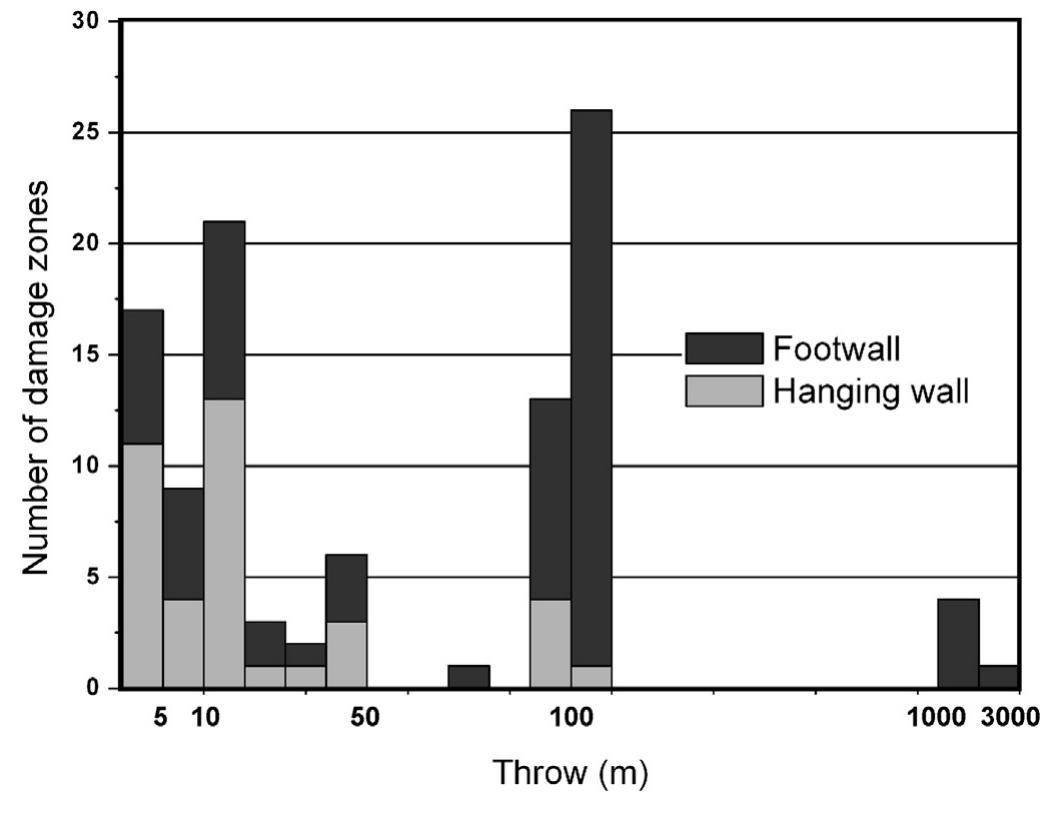Figure 3 – uploaded by Haakon Fossen

Figure 3 Distribution of damage zones in the database as a function of fault throw, distinguishing between hanging wall and footwall data. In this study we handle footwall and hanging wall data sepa- rately. Ideally these should be considered together, however, both footwall and hanging wall damage zones are rarely exposed for individual faults. Hence, the expression “damage zone width”, as used here, corresponds to what has been called the “damage zone half width” by some authors (e.g., Hesthammer and Fossen, 2001; Shipton et al., 2006; Fossen et al., 2007; Fossen and Bale, 2007; Lockner et al., 2009; Powers and Jordan, 2010) and thus half the damage zone discussed by others (e.g., Shipton and Cowie, 2001;
Related Figures (16)
















Connect with 287M+ leading minds in your field
Discover breakthrough research and expand your academic network
Join for free